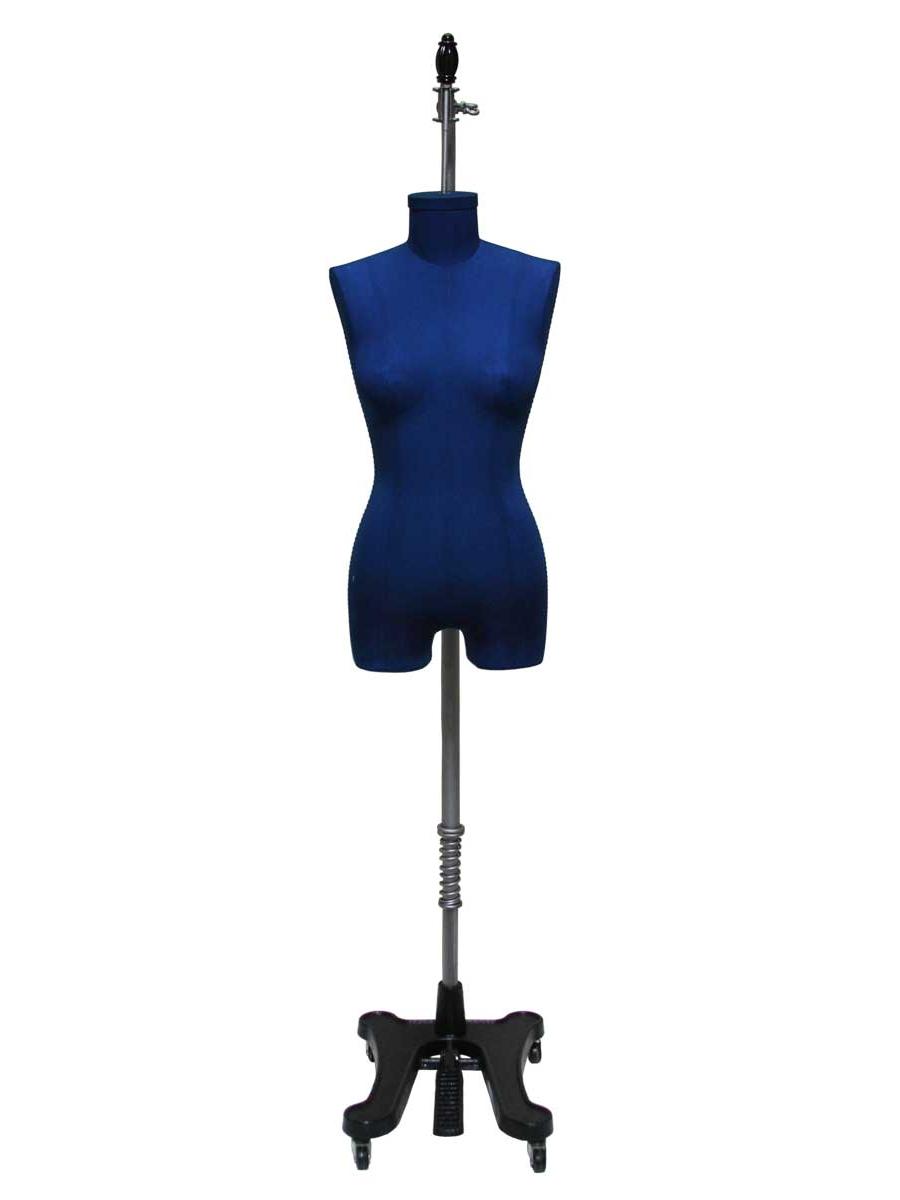
Personally, I find that I prefer to fit clothes directly on my body. I was pretty certain I needed one when I graduated from design school, and then I got one and it served mostly to stand quietly in the corner and frighten the internet installation guy until I finally sold it. But unless you have draping skills and plan to drape your clothes from scratch, it’s very likely that you won’t make much use of one. Many sewists assume that a dress form will be really useful for making clothes that fit properly.

(By the way, I still pose for photographs because you’ve told me you like to see how I style them.) On the other hand, if you’re a blogger and hate to pose for photos, go for it! I totally support this idea, especially given my personal dislike of posing for photos. These can be great for taking photos of your sewing projects, but they’re not very useful for sewing or for draping because they aren’t very accurate in terms of body shape or sizing. Many dress forms or mannequins are made solely for display in stores for merchandising the clothing. Whether you need or can use a dress form depends a lot on what you want to do with it. The long answer is still mostly “no,” but with a lot more explanation and a few hedges. And today I’m going to give you the long answer. If there’s a short answer, that means there has to be a long answer too. The short answer, believe it or not, is “no.”
DRESS FORM FREE
Please feel free to email or call us on 02 9449 1450 and we'd be happy to provide more information or tailor a program for you.One question I get asked occasionally is whether a sewist needs to have a dress form. Using a kit or wadding to increase the measurement of the dress formĬovering the dress form with a compression layer made to the bodice draftĬovering the dress form with a calico layer made to the bodice draftĪttaching guidelines for fitting to the dress form Pattern drafting of a bodice pattern for each studentĬontouring the bodice sample to fit the student and adjusting the patternĪssessing the dress form and formulating the best strategy to achieve the padded form There's a maximum of ten students per session, so you'll receive individual attention and progress at your own pace. The time taken to pad a dummy varies considerably depending on how different the dress form measurements are to those of the student. A pattern is also provided, and if time permits, the student can make soft arms for their dress form so they can assess the fit of garments with sleeves.

This produces a dress form similar to those used in couture houses for their clients. Guidelines for centre back, centre front and the waist are then added to assist with fitting.


A purchased dress form is used and either a purchased padding kit, available from the college, or wadding is used to make the dress form conform to the calico bodice. A calico bodice is made that is fitted to the student so that they can pad a dress form to conform to their measurements. This course is designed for home sewers and dressmakers who would like a dress form that conforms to their measurements and body type.


 0 kommentar(er)
0 kommentar(er)
